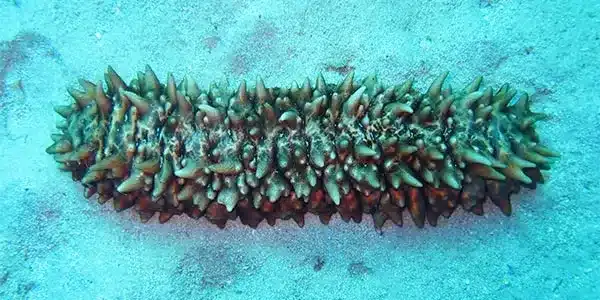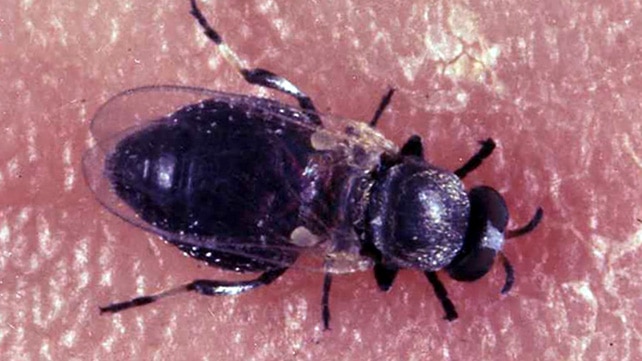About Sea cucumbers:
- Sea cucumbers are marine animals that belong to the class Holothuroidea, which is part of the phylum Echinodermata.
- They are found in saltwater environments worldwide, primarily on or near the seabed, and are characterized by their soft, leathery skin and elongated bodies.
- Sea cucumbers are the janitors of tropical seas.
- Just as a vacuum cleaner consumes dirt and fills up its bag, sea cucumbers consume bacteria and decaying organics from the seafloor and convert this into sea cucumber body mass, reducing the “food” available to support the growth of microbial pathogens.
Appearance and Habitat:
- Size and Colors: Sea cucumbers come in various sizes, ranging from 0.75 inches to 10 feet long, and display a wide array of colours, including brown, red, orange, yellow, white, blue, and patterns.
- Body Structure: They have bumps on their bodies and lack eyes and a brain but have evolved clever ways to navigate, defend themselves, and forage for food.
- Threat: Sea cucumbers are preyed upon by various marine animals and are also consumed by humans. Overfishing is a significant threat to their populations, with more than 70 species being exploited for profit.
Symbiotic Relationship: Some species of sea cucumber have a symbiotic relationship with the star pearlfish, which uses the sea cucumber’s body as shelter.
Q1: What are echinoderms?
Echinoderms are named for the spines or bumps covering the outer surface of the bodies of many of them. Examples of echinoderms include sea stars, sea urchins, sea cucumbers, brittle stars, and feather stars (Fig. 3.83). Although they may appear very different, echinoderms all have two major defining characteristics that set them apart from all other animals: a water vascular system and five-sided radial symmetry.
Last updated on November, 2025
→ Check out the latest UPSC Syllabus 2026 here.
→ Join Vajiram & Ravi’s Interview Guidance Programme for expert help to crack your final UPSC stage.
→ UPSC Mains Result 2025 is now out.
→ UPSC Notification 2026 is scheduled to be released on January 14, 2026.
→ UPSC Calendar 2026 is released on 15th May, 2025.
→ The UPSC Vacancy 2025 were released 1129, out of which 979 were for UPSC CSE and remaining 150 are for UPSC IFoS.
→ UPSC Prelims 2026 will be conducted on 24th May, 2026 & UPSC Mains 2026 will be conducted on 21st August 2026.
→ The UPSC Selection Process is of 3 stages-Prelims, Mains and Interview.
→ UPSC Result 2024 is released with latest UPSC Marksheet 2024. Check Now!
→ UPSC Prelims Result 2025 is out now for the CSE held on 25 May 2025.
→ UPSC Toppers List 2024 is released now. Shakti Dubey is UPSC AIR 1 2024 Topper.
→ UPSC Prelims Question Paper 2025 and Unofficial Prelims Answer Key 2025 are available now.
→ UPSC Mains Question Paper 2025 is out for Essay, GS 1, 2, 3 & GS 4.
→ UPSC Mains Indian Language Question Paper 2025 is now out.
→ UPSC Mains Optional Question Paper 2025 is now out.
→ Also check Best IAS Coaching in Delhi

















